
The sudden passing in May of beloved trainer Bruce Walquist made me think about the loss of those like him and how the hole left by their absence is filled. Over the past 25 years of publishing The Equine Chronicle, we have seen numerous icons in the horse industry–two-legged and four-legged–leave us. The list is too long and storied to select a few names to mention here, but each of these people and horses were amazing in their own way and they cannot be replaced. The industry we all enjoy was built on the shoulders and backs of these household names and those that came before them. There is no doubt that the people we remember all had faults, they all made mistakes, and they all made the organizations they were involved with better. There is no doubt that the horses we have lost left a legacy of greatness that drove the industry in a new direction.
Continue reading …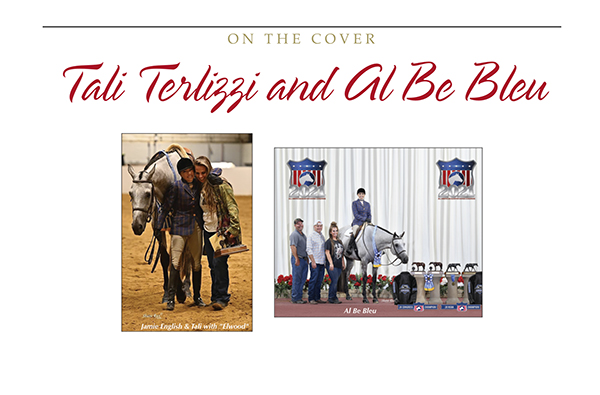
A picture of perfection as they seem to glide by, a beautiful, smiling rider astride the gray horse with his ears forward, a kind eye, and a sweeping stride, floating together effortlessly along the rail.
Continue reading …Horse Show Dogs: Our Canine Counterparts Add Another Layer Of Fun And Family To Shows
June 9, 2023 Comments Off on Horse Show Dogs: Our Canine Counterparts Add Another Layer Of Fun And Family To Shows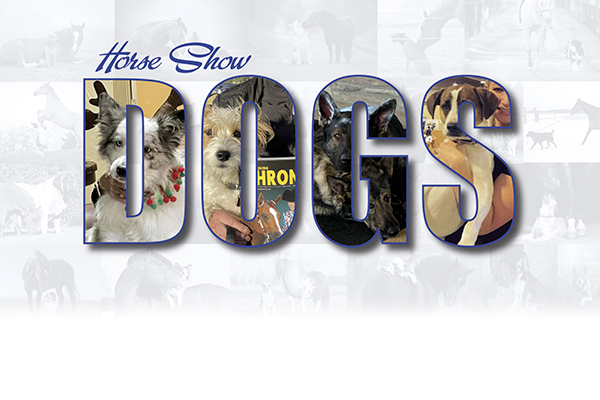
Go to any horse show and you will see a mena-gerie of dog breeds also in attendance. There is just something about horses and dogs that go together, and chances are you may see some very familiar dog faces below.
Continue reading …Advanced Equine Reproduction Techniques Now Include Sexed Semen With ICSI
June 7, 2023 Comments Off on Advanced Equine Reproduction Techniques Now Include Sexed Semen With ICSI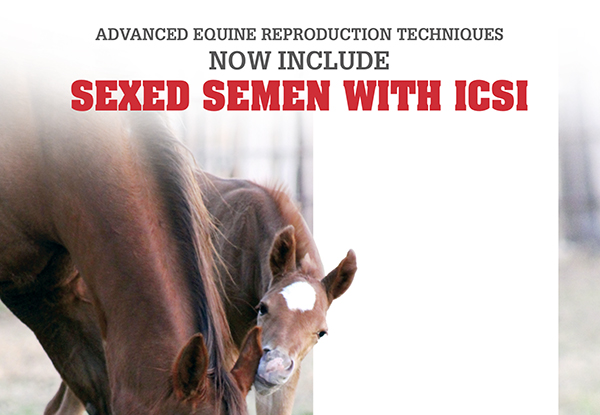
Pregnancy rates with artificial insemination, embryo transfer, frozen semen, frozen embryos, sperm injection and other assisted reproduction techniques have improved greatly in the past decade. Now a few stallion owners are offering their clients the ability to utilize sex-sorted semen in conjunction with intracytoplasmic sperm injection (ICSI) to create a foal of the desired sex.
Continue reading …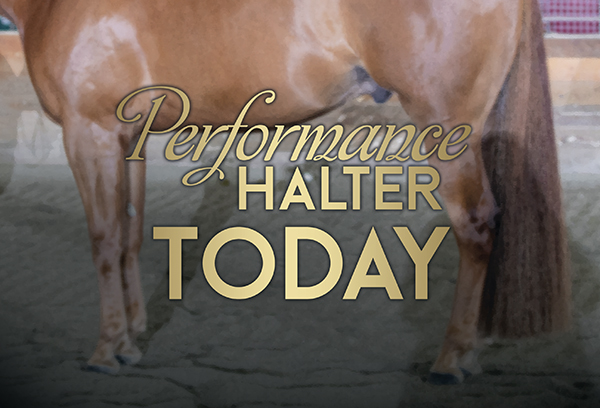
What are judges looking for in today’s Performance Halter class, and is form-to-function still the ultimate goal?
Continue reading …Scott Reinartz – A Horseman Of Dedication And Genuine Gratefulness
June 3, 2023 Comments Off on Scott Reinartz – A Horseman Of Dedication And Genuine Gratefulness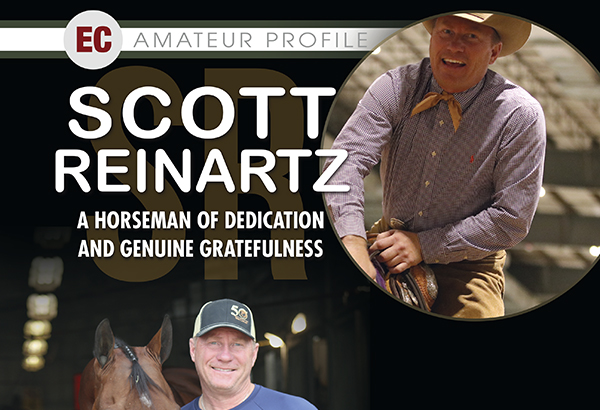
To watch Scott Reinartz and Investin A Goodbar (Hank) in a Trail class is to witness perfect harmony between horse and rider. When the pair won Select Trail at the AQHA World Show in 2020 over 89 other entries, their combination of skill, precision and synchronicity was a sight to behold.
Continue reading …Do Your Equine Contracts Really Protect You?
June 1, 2023 Comments Off on Do Your Equine Contracts Really Protect You?
Equine contracts can be good news or bad news. The good news is that the contracts used in your equine activities–such as waiver/release documents, training contracts, boarding contracts, leases, and sale contracts–can potentially prevent legal disputes from occurring. The bad news is that your contracts might not protect you as well as you expect. Unfortunately, it sometimes takes a legal dispute to discover the shortcomings of your contracts. Careful advance planning, however, can improve your chances of success.
Continue reading …Saddling Up To Be A Government Ally
May 30, 2023 Comments Off on Saddling Up To Be A Government Ally
How you can help protect your beloved industry with good, old fashioned politicking.
Continue reading …Changing The Face Of Hunt Seat Fashion: Boo Yah Custom Clothing
May 28, 2023 Comments Off on Changing The Face Of Hunt Seat Fashion: Boo Yah Custom Clothing
Most great businesses are born by savvy entrepreneurs who seek to fulfill a need that isn’t currently being met.That’s exactly how Boo Yah Custom Clothing came to be.
Continue reading …A Reason To Celebrate: Working Western Rail
May 26, 2023 Comments Off on A Reason To Celebrate: Working Western Rail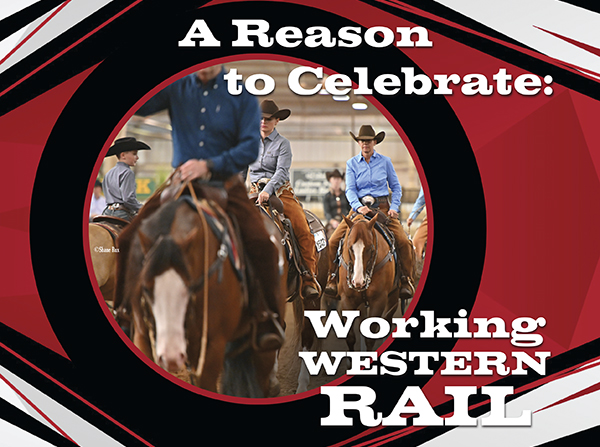
When the innovative class, Working Western Rail, was added to the 2020 AQHA World Show as an exhibition class, people took note. The class offered prizes to the top ten, horses were required to be 3 years or older, and they also had to compete in an Open or Amateur Ranch Riding class. By adding the exhibition class, the AQHA was responding to a years-long effort to add a class to further showcase the versatility, rideability and natural movement of the Quarter Horse.
Continue reading …







